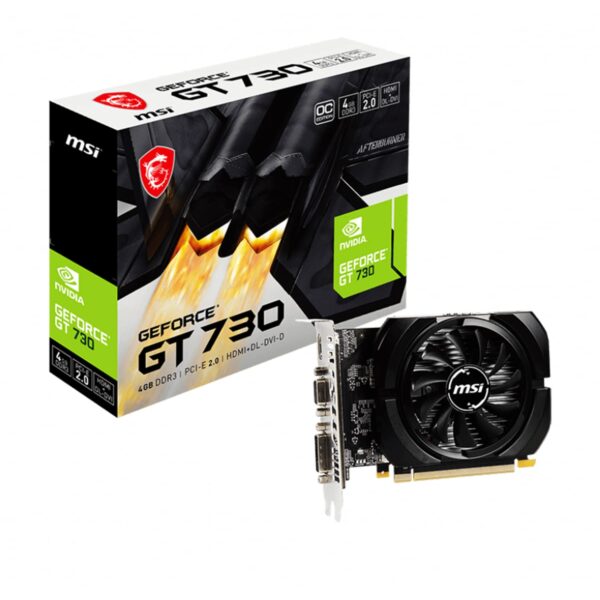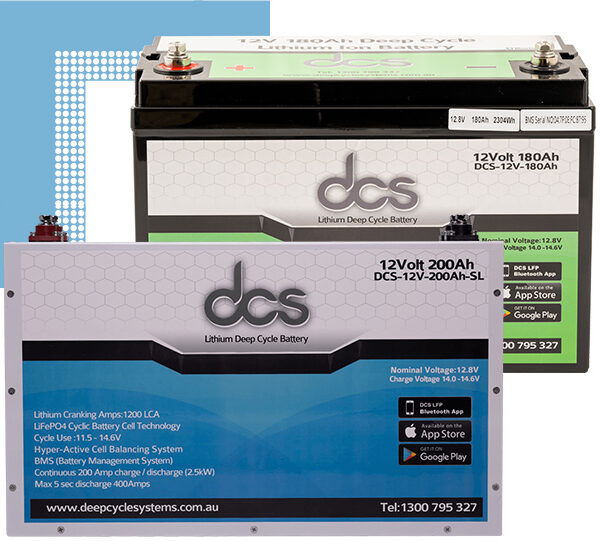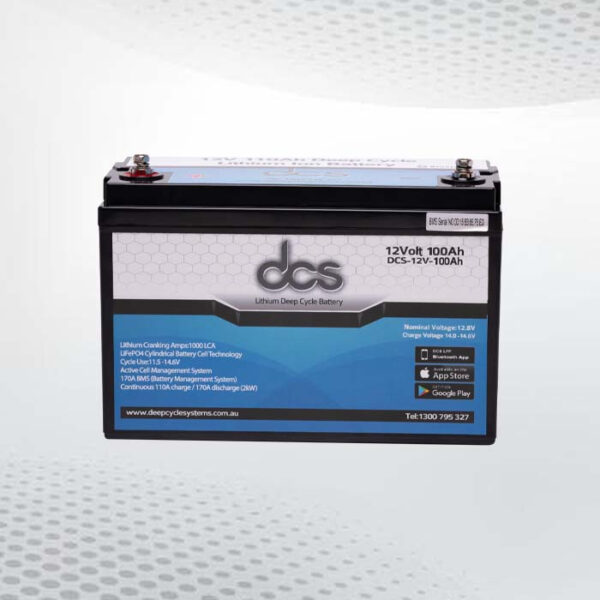
Slim lithium batteries have emerged as game-changers in the world of energy storage. With their sleek design and impressive capabilities, these batteries power everything from smartphones to electric vehicles. As technology advances, understanding how slim lithium battery perform becomes crucial for both manufacturers and consumers.
Performance metrics play a vital role in assessing the efficiency and reliability of any battery type. Knowing what to expect can make all the difference in terms of usability and longevity for slim lithium batteries. This blog post delves into essential performance metrics defining slim lithium batteries, providing insights to help you navigate your options effectively. Whether you’re looking for high energy density or rapid charge times, there’s much to explore in this evolving landscape of power solutions.
Importance of performance metrics in batteries
Battery performance metrics play a crucial role in evaluating their efficiency and reliability. These measurements help consumers and manufacturers decide which battery best suits their needs. Understanding performance metrics allows for better comparisons between different battery technologies. It highlights strengths and weaknesses, enabling users to choose the right option for specific applications. Moreover, these metrics can indicate how a battery will behave under various conditions. Factors like temperature fluctuations or heavy usage are critical considerations when selecting a battery type.
Key performance metrics of slim lithium batteries
Several key performance metrics are involved when evaluating slim lithium batteries. These metrics help you understand how these batteries perform in various applications.
Energy density is crucial. It measures the energy stored relative to the battery’s size and weight. A higher energy density translates to longer usage times without adding bulk.
Charge and discharge rates are equally important. They indicate how quickly a battery can be charged or provide needed power. Faster rates mean more efficiency, especially for devices requiring rapid bursts of energy.
Longevity matters too; it refers to both cycle life and shelf life. A battery with a long lifespan will save users money over time as it requires fewer replacements.
Safety cannot be overlooked either. Understanding thermal stability and chemical composition helps ensure your slim-lithium battery operates safely in different environments.
Energy Density and Capacity
Energy density refers to how much energy a battery can store in a given volume or weight. Due to their compact design, this metric is particularly important for slim lithium batteries.
Higher energy density means longer device usage times without increasing size or weight. This makes slim lithium batteries ideal for portable electronics like smartphones and tablets.
Capacity is another essential aspect, usually measured in milliamp hours (mAh). It indicates the total amount of charge the battery can hold. A higher capacity translates into extended device operation before needing a recharge.
Balancing energy density and capacity ensures that users enjoy efficiency alongside convenience. These features contribute significantly to user satisfaction and product performance in today’s fast-paced tech world.
Charge and Discharge Rates
Charge and discharge rates are critical performance metrics for slim lithium batteries. These rates define how quickly a battery can be charged or drained during use. A higher charge rate means less waiting for your device to power up. This is particularly beneficial in applications where downtime must be minimized, such as smartphones or electric vehicles.
Conversely, the discharge rate tells you how swiftly the energy can be released when powering devices. Fast discharging may enhance performance but often comes at the cost of longevity. Balancing these two factors is essential for optimal functionality. Manufacturers strive to achieve quick charging without compromising overall lifespan.
Understanding these rates helps users choose appropriate batteries based on their specific needs and usage patterns. Knowing how charge and discharge rates affect operations is invaluable whether it’s daily gadgets or advanced technology.
Longevity and Shelf Life
Longevity is a critical aspect of slim lithium batteries. Users often seek batteries that can endure prolonged use without significant degradation in performance. Most slim lithium batteries are designed to last for hundreds of charge cycles. This means they can be recharged and used repeatedly before their capacity diminishes significantly. Shelf life is another important factor. A good-quality slim-lithium battery can maintain its performance even when stored for extended periods, typically around 2-3 years, without noticeable loss in energy retention. However, the environment plays a role here, too—a cool, dry place extends longevity, while excessive heat or humidity can drastically reduce it.
Safety and Environmental Impact
Safety is paramount when it comes to slim lithium batteries. These batteries have built-in mechanisms that prevent overheating and short-circuiting, and manufacturers prioritize protective features to minimize risks.
Environmental impact is another critical aspect. While lithium mining raises concerns about ecological degradation, advancements in battery recycling are making a difference. Proper recycling processes can recover valuable materials and reduce waste.
Moreover, slim lithium batteries are lighter and more efficient than traditional options. This efficiency means less energy consumption during production and transportation, contributing positively to their environmental footprint.
Innovation continues in the quest for greener alternatives. Researchers are exploring alternative chemistries that could offer better safety profiles while being kinder to our planet. As technology evolves, so does the potential for even safer, eco-friendly solutions in battery design.
Comparison with traditional lithium-ion batteries
Slim lithium batteries stand out in several ways compared to traditional lithium-ion batteries. One significant difference lies in their form factor. Slim designs allow for integration into compact devices without compromising performance. Energy density is another aspect where slim variants excel. They often provide higher capacity within a smaller size, making them ideal for portable electronics and wearables.
Charging times also reveal distinct advantages. Slim lithium batteries typically support faster charge rates, meaning users spend less time tethered to power sources. However, safety remains a critical concern. While both types can pose risks if improperly handled or damaged, advancements in slim battery technology enhance protective features against overheating and short-circuiting. In terms of lifecycle, the longevity of slim batteries can be comparable to traditional options but may vary based on usage patterns and manufacturing quality.
Factors that can affect performance metrics
Several factors can influence the performance metrics of a slim-lithium battery. Temperature plays a crucial role. Extreme heat or cold can adversely impact charge capacity and overall efficiency.
Another factor is the charging method used. Fast charging may seem convenient, but it can lead to increased wear on the battery over time, affecting its longevity.
Cycle life is also significant. Each charge-discharge cycle slightly diminishes capacity, so frequent use gradually reduces performance metrics.
The quality of materials matters, too. High-grade components enhance energy density and safety features, while lower-quality materials might compromise durability and reliability.
Age cannot be ignored. Even unused batteries degrade over time due to chemical reactions within their cells, influencing their overall functionality when finally used.
Maximizing The Performance Of Slimline Lithium Battery 120ah
Start with proper charging practices to maximize the performance of slimline lithium battery 120ah. Charge your battery slowly and avoid overcharging. This helps maintain longevity.
- Temperature control is crucial. Keep the battery cool to prevent overheating, which can degrade its lifespan.
- Monitor usage patterns regularly. If you notice significant drops in capacity, it might be time for recalibration or replacement.
- Utilize energy-saving modes on devices powered by slim lithium batteries. This reduces strain on the battery and extends its charge cycle.
- Avoid deep discharges whenever possible. Keeping the charge between 20% and 80% can help enhance overall performance.
Store unused batteries in a partially charged state rather than entirely empty or full; this keeps them healthy during long periods of inactivity.
Future advancements and improvements
The future of slim lithium batteries holds exciting possibilities. Research is actively exploring materials that enhance energy density. New chemistries could yield batteries with greater capacity without increasing size. Improved manufacturing techniques are likely to play a crucial role as well. Advances in nanotechnology might create more efficient electrodes, pushing the boundaries of charge and discharge rates.
Safety remains paramount, so innovations in thermal management systems will help prevent overheating. These developments can make slim lithium batteries not only safer but also longer-lasting. As environmental concerns grow, sustainable practices are emerging in battery production. Recyclable materials and less toxic components will likely become standard features.
Applications Of 120ah Slimline Lithium Battery
The versatility of slim lithium batteries makes them suitable for various applications across different industries.
- 120ah slimline lithium battery power smartphones, tablets, and wearables in consumer electronics. Their compact size allows manufacturers to create sleek designs without compromising on performance.
- Slim lithium batteries are essential for enhancing range and efficiency in electric vehicles (EVs). They can be integrated into tight spaces within the vehicle’s architecture, contributing to lighter weight and improved aerodynamics.
- Medical devices also benefit from their use. Slim lithium batteries provide reliable energy sources for portable diagnostic equipment and implantable devices, ensuring uninterrupted operation in critical situations.
- Additionally, renewable energy storage systems leverage these batteries. They store excess solar or wind energy efficiently, enabling harnessing sustainable power when needed most.
With ongoing advancements in battery technology, new applications continue to emerge that capitalize on the unique advantages offered by slim lithium batteries.
Installation Tips
When installing a lithium battery, ensure your workspace is clean and well-lit. A tidy environment helps avoid accidental damage during the process.
- Next, check for compatibility with your device. Refer to the manufacturer’s guidelines to confirm specifications match. This step prevents potential issues down the line.
- Use appropriate tools for installation. Having screwdrivers or prying tools ready can streamline the process and make it safer.
- Always handle batteries carefully; they are sensitive components. Avoid touching terminals directly to minimize any risk of short circuits.
- Securely connect all wires according to your device’s instructions. Loose connections can lead to performance problems or even battery failure later on.
After installation, test the setup before fully closing up your device. Ensure everything operates smoothly before finalizing assembly, which saves you time if adjustments are necessary later on.
Conclusion
Understanding the metrics that govern them can empower users to make informed choices. With higher energy density, quicker charge rates, and improved longevity, these batteries stand out in a crowded market. Safety remains paramount as technology advances. Manufacturers are increasingly focused on reducing environmental impact while enhancing user experience. As more industries adopt slim lithium battery solutions, ongoing research promises exciting developments. Users can expect even better performance metrics tailored to their specific needs.
FAQS
Understanding the performance metrics of slim lithium batteries is crucial for anyone considering their use in various applications. These batteries are designed to deliver high levels of efficiency and reliability, making them a popular choice in modern technology. Here are some frequently asked questions that can help clarify any lingering doubts about these impressive power sources.
What is the typical lifespan of a slim lithium battery?
The lifespan of a slim lithium battery varies depending on usage and care but generally ranges from 2 to 5 years. Factors such as charge cycles and environmental conditions also significantly determine longevity.
Can I safely dispose of slim lithium batteries?
You can responsibly dispose of slim lithium batteries by taking them to designated recycling centers or electronic waste facilities. Due to their chemical components, it’s important not to throw them away with regular trash.
Are there specific devices best suited for slim lithium batteries?
Slim lithium batteries excel in compact devices like smartphones, wearable tech, laptops, and electric vehicles. Their lightweight design combined with efficient energy density makes them ideal for portable applications where space is limited.
By considering these insights, you can make informed decisions when using or purchasing a slim-lithium battery that effectively meets your needs.











